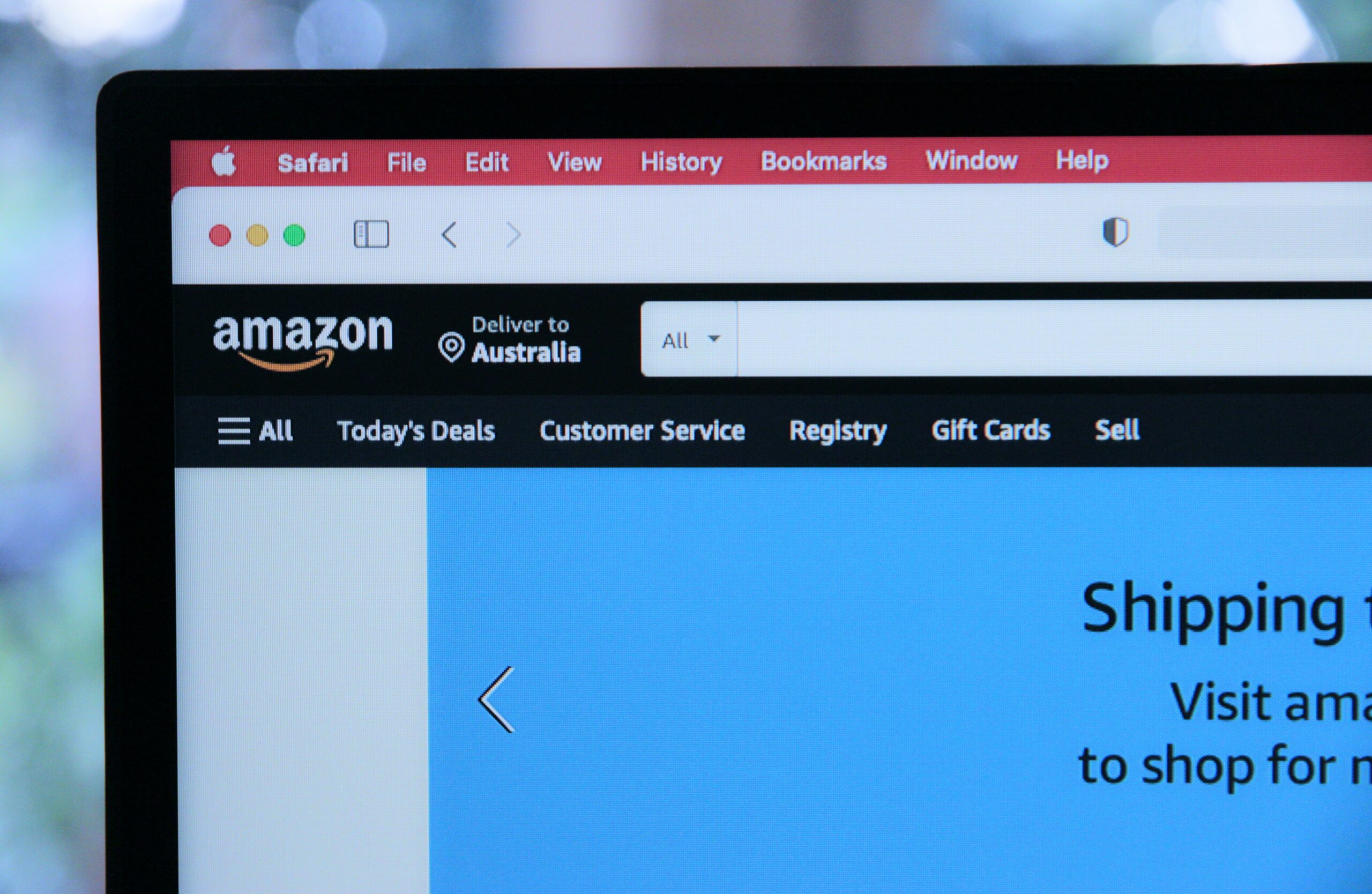
Business workflows are the main blocks of any ongoing business. These are a series of tasks that are completed in a specific sequence to achieve a business objective. From approving a license request to processing an invoice, blockchain in business workflows is integral to the smooth functioning of an organization. They are the invisible threads that bind people, processes and technology.
Imagine a world where these workflows, powered by blockchain technology, operate with greater efficiency, autonomy, and trust. No more payment obstacles impeding international trade, no more fabricated transactions interfering with audits. Instead, imagine a world of seamless transactions, real-time information tracking, and marketing campaigns that hit their mark every time. This is a completely achievable thing at present rather than a far-off dream that is driven by the combination of business processes and blockchain technologies. Let’s get to the details.
The Conceit of Blockchain Technology
The digital age has a bosom that keeps a tempo of technologies that breathe innovation and constantly recycle the world as we know it. Within them, a pathfinder called blockchain, a technology commonly recognized as the difference-maker in cryptocurrencies such as Bitcoin, has been doing the rounds in front of the spotlight. While flashy digital money veils the true power in this realm that could have the potential to radically change the current business world. However, we will not just put our toes in the water rather, we will break down first the nuts and bolts of the technology.
In essence, a blockchain technology is a chain of blocks of digital records stored chronologically that are linked to each other using the principle of cryptography. Picture it as a link of digital “blocks” where each one includes sets of individual transactions.
Each block is irrevocably connected to its predecessor by a unique code called a cryptographic hash. This unique dent not only guarantees the ordered sequence of the blocks, but also their immunity to modification, ensuring the inherent robustness and transparency of the system.
Decentralization forms another cardinal principle of blockchain technology. Instead of relying on a centralized authority (think banks in the case of monetary transactions), blockchain distributes its ledger across a network of computers, known as nodes. Each node has a complete copy of the blockchain consulting services and contributes to validating new blocks. This peer-to-peer network configuration provides the blockchain with the highest level of security ever, which ensures there are no single points of failure and the data is resistant to unauthorized modifications.
Key Advantages of Blockchain in Business
Security, often considered the lynchpin of blockchain’s allure, is the product of its architectural ingenuity and cryptographic power. Each transaction is sealed in a cryptographic safe, tied to its previous block by a unique hash. This design creates an impenetrable fortress in a time when digital vulnerabilities can have significant business ramifications by making the blockchain ledger resistant to manipulation or intrusion, reducing the risks of fraud and data breaches.
Transparency, the cornerstone of blockchain, fundamentally recalibrates the dynamics of trust in commercial transactions. With every transaction recorded indelibly and visible to all participants, blockchain fosters an environment of mutual trust and accountability. It is similar to conducting business inside a glass building, where every action is observable, auditable and beyond reproach. This radical transparency carries profound implications for sectors where trac and authenticity, such as in supply chain management or food safety, are paramount.
Blockchain’s efficiency stems from its ability to optimize and automate business processes. Traditional trading systems often resemble a complex game of dominoes, each piece a separate process that aligns (verification, clearing, settlement), all managed by a central authority. Blockchain, with its distributed ledger and smart contracts, unravels this intricate game, enabling direct peer-to-peer interactions that speed up transactions and eliminate bottlenecks. It’s like transforming an intricate game of dominoes into a simple and direct path.
Finally, cost reduction, a cardinal business objective, becomes tangible in the blockchain space. With the help of intermediaries disappearance, reduction of fraud and operational errors elimination, blockchain application development company creates a way for doing business how it has always been intended – quickly, safely, and at a lower cost. It is the route of which two dimensions, fiscal responsibility and competitiveness, are unlocked.
Blockchain and the evolution of business workflows
In the field of supply chain management, blockchain technology is deployed as a guiding star. This visibility is not precedented and thus it introduces transparency in the existing non-transparent of supply chains. The traceability of each product on the blockchain – from original raw materials to the consumer – creates an immutable record which is made verifiable and auditable. This improved trac not only helps in efficient withdrawal management but also combats fraud and forgery. It’s as if blockchain has turned on a spotlight, illuminating every corner of the supply chain and casting shadows.
Financial transactions, the lifeblood of commerce, are being revitalized by the influence of blockchain. Traditional financial systems often resemble complex mazes with slow settlement times, risk of fraud and lack of auditability. These obstacles are removed by blockchain’s peer-to-peer transaction model, which creates a clear and effective channel for money to move. The current standard is faster settlements, less fraud, and enhanced auditability; it’s like stepping into a teleportation machine that moves assets quickly and accurately.
Meanwhile, in the realm of human resources, blockchain consulting services as an ingenious detective. Streamlines the dent verification process, significantly reducing the time and potential for fraud associated with these tasks. Additionally, its ability to protect personal data enhances privacy protection. Imagine blockchain as a magnifying glass, examining data with precision while protecting personal data behind a secure cryptographic veil.
Customer service, the beating heart of any business, is also experiencing the transformative pulse of blockchain. With blockchain’s transparent and secure data handling, businesses can offer their customers a level of trust without dent. Every transaction, every interaction, every promise is recorded on the blockchain, turning customer service into a stage where performance is transparent and trust becomes the star of the show.
Case Studies: Companies Leveraging Blockchain
The theoretical benefits of blockchain have been significantly praised. However, empirical evidence of its transformative potential is found in its practical applications in various sectors.
The first case is a multinational corporation operating within the consumer goods industry, referred to as Company A for the purposes of this discussion. Its supply chain management, once an intricate web of processes, has been simplified through the implementation of blockchain technology. The company now has transparent and auditable tracking for each product, from the acquisition of raw materials to the product reaching the hands of consumers. This has raised consumer confidence, strengthened its position against counterfeit products and improved the effectiveness of recall management. In this context, blockchain technology has provided Company A with a fundamental tool to improve the transparency and efficiency of its supply chain management.
A leading financial institution, Company B, offers another compelling case. They have leveraged blockchain technology to simplify and secure their operations. Freed from the confines of traditional financial systems, your transactions are now conducted over a secure blockchain network. This has resulted in accelerated settlements, a substantial reduction in fraud, and easy access to auditable transaction records. As a result, Company B can now handle the intricate world of financial transactions with greater efficiency and security thanks to blockchain technology.
The final case is a startup, Company C, that has employed blockchain technology to define customer service. Every exchange and transaction takes place in a transparent and safe environment that they have established, with all of it documented on the blockchain. This innovative technique has transformed its customer support via setting trust and transparency at the vanguard of its operations. This case exemplifies how corporations of all sizes can harness the power of blockchain technology, setting new requirements for customer service inside the process.
These cases reveal the giant modifications that blockchain is introducing in diverse sectors. Blockchain era isn’t surely a promising concept, however a sensible tool that organizations are already using to revolutionize conventional workflows.
Potential challenges of Blockchain integration in companies
Among the most significant challenges facing the regulatory environment is one of them. Blockchain technology exceeded the pace of regulatory framework development which created a condition for playing the cat and mouse game. While the regulatory challenges associated with the inherent decentralization and cross-border functionality of blockchain may seem insurmountable, finding solutions demands continuity and practicality. Such as these, companies should face problems with rules of data privacy, financial regulations, tax obligations, etc. that have greatly different requirements and restrictions in different jurisdictions. This leads enterprises to take action in compliance and consult legal experts while keeping abreast with new laws relevant to the blockchain.
Along with that, the technical barriers of blockchain integration should also be considered. The difficulty of decoupling the new technology from current infrastructures and the alteration of business processes are part of the challenges faced to implement new technologies into existing structures. This can comprise issues ranging from choosing the right blockchain protocol, to ensuring system scalability, to providing data security, et cetera. Moreover, as blockchain is quite a novel technology, there may be a shortfall of sufficiently effective specialists, who can seamlessly deliver the deployment process and maintain it in the long run. Thus, companies should spend on training and education in order to build the technical skills among their personnel.
Lastly, cultural resistance to changes has a vexing reality in all transformation processes in organizations. Blockchain shift must go beyond just technical adaptation but should also involve a change in ultimate perception. Having no idea of what is happening or fear of the unknown, employees at all levels may oppose change. Consequently, it is crucial to develop a learning culture and openness, educate employees about the prospects as well as the implications of blockchain technology and guide them through the transition.
Cultural resistance to change being the final hurdle is a very ordinary problem in any organizational transformation process. Blockchain migration involves more than just implementation of new technology, it’s also a change of mind-set. Staff at all levels may find it difficult to embrace changes because of lack of clarity or fear of the challenges. Consequently, it is essential to instill a culture of continuous learning and free exchange of ideas, inform employees about the advantages and challenges blockchain will bring, and train them to embrace the change.
Techniques used in effectiveness of blockchain integration in business operations
The initial integration phase starts with a thorough due diligence with appropriate risk assessment. Companies should carefully review their needs and capabilities before launching and implementing the blockchain technology. This involves a detailed study of the business processes, identifying the points where blockchain implementation provides an added advantage and a robust review of the potential risks and legal issues. Simultaneously, connecting with the experts who are familiar with the operations of blockchain technologies can help this process perform effectively by allowing us to undertake due diligence and risk management in a structured manner.
As regulations dealing with blockchain are complicated and dynamic, ensuring that they are in compliance requires paying attention to the details and keeping abreast of evolving legal requirements. Thus, companies should form dedicated legal teams that would track changes to the blockchain regulations in relevant jurisdictions and make sure that their activities are conducted in full accordance with the law.
Human capital remains another critical method.As mentioned above, the dearth of blockchain expertise can pose a significant challenge. Therefore, companies must prioritize the training and development of their workforce, developing the technical expertise necessary to manage blockchain operations. In addition to formal training, fostering a culture of continuous learning and adaptability will also help employees stay abreast of rapid advances in blockchain technology.
Additionally, collaboration is key when integrating blockchain. Creating alliances with other companies, industry experts, and blockchain communities can significantly contribute to the successful implementation of this technology. These kinds of partnerships can offer insightful information, a pool of experiences, and even chances for joint blockchain project ventures.
Finally, companies should take an incremental approach to blockchain integration. Instead of implementing blockchain technology in all operations simultaneously, a more effective strategy would be to start with pilot projects. This allows companies to test the technology, evaluate its effectiveness, and address any issues on a smaller scale before scaling up the integration process.
Conclusion
Looking ahead, the enterprise workflow landscape is likely to be increasingly influenced by blockchain technology. Anticipated future trends include greater regulatory clarity, broader democratization of blockchain use, technological advancements in blockchain and its convergence with other cutting-edge technologies. It is a future that orders the continuous evolution and adaptability of companies.








